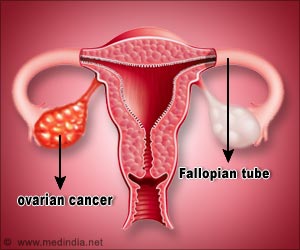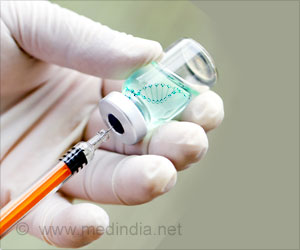While previous research has associated food insecurity with a range of health issues including diabetes, obesity, and hypertension, this study showed a connection over time, suggesting a causal relationship.
In the study, published in the Journal of Nutrition, researchers analyzed data on nearly 4,000 people from the National Longitudinal Study of Adolescent to Adult Health.
They found that adults ages 24-32 who said they’d been worried about food running out in the last year showed a greater incidence of diabetes, either through blood glucose tests or self-reports, at ages 32-42, compared to those who did not report food insecurity risk.
While the study could not identify the exact reason for this connection, previous research has shown that food-insecure households often have diets with lower nutritional values.
People experiencing food insecurity can also get caught in a negative reinforcing cycle: when food insecurity is associated with a diet that contributes to disease risk, which then creates additional health care expenses, stressing a household’s economic resources and deepening food insecurity.
The study did not reveal differences among race or ethnicity, but researchers noted that the numbers of minorities in the sample may be too low to show a pattern.
Targeting Missed Populations
For future work, the research team plans to investigate food insecurity risks and health issues within American Indian and Alaska Native populations.
These communities are often left out of annual reports on food insecurity, which means they may be overlooked when reforms are made to food assistance programs and policies.
Researchers recently led a review of 30 studies that found food insecurity estimates in Native populations varied widely, but even the lowest estimate far exceeds the prevalence among non-Hispanic white adults.
Interventions such as SNAP, the Supplemental Nutrition Assistance Program, its educational component SNAP-Ed and EFNEP, and the Expanded Food and Nutrition Education Program are effective in improving diet and health. But to benefit from them, people have to be counted first.
It’s really important to ensure that individuals who are experiencing food insecurity can be identified and that they have resources made available to them to be able to break the cycle.
Source: Medindia



